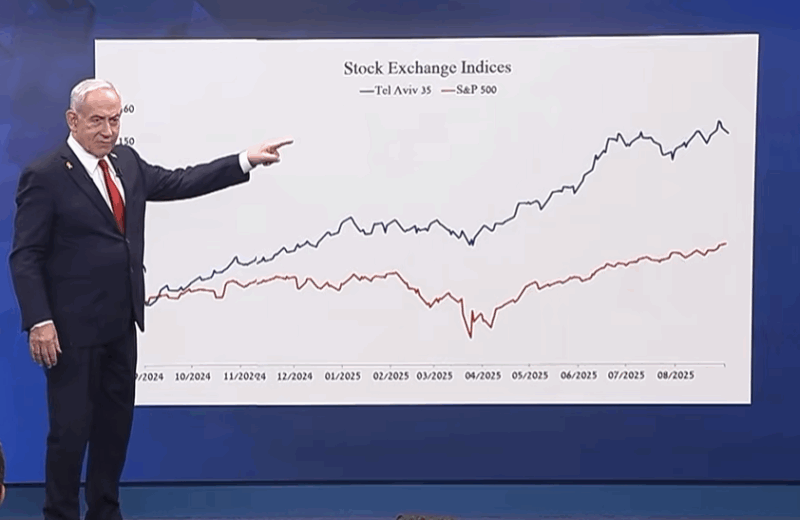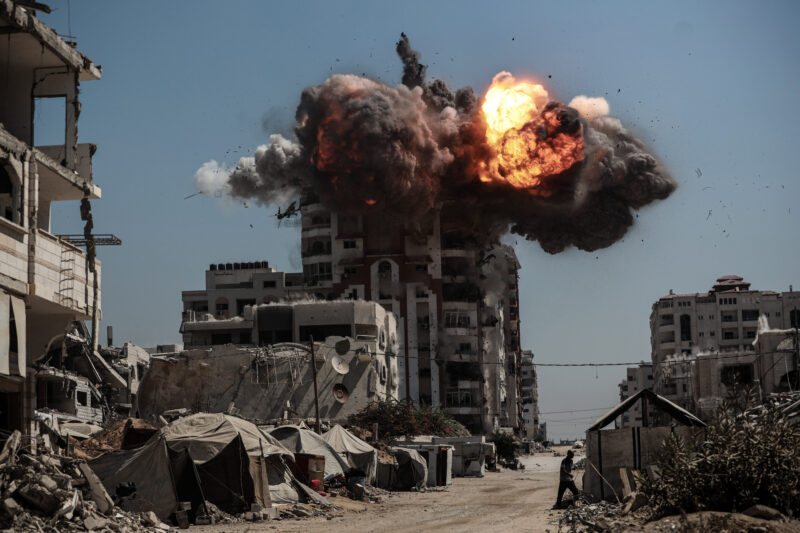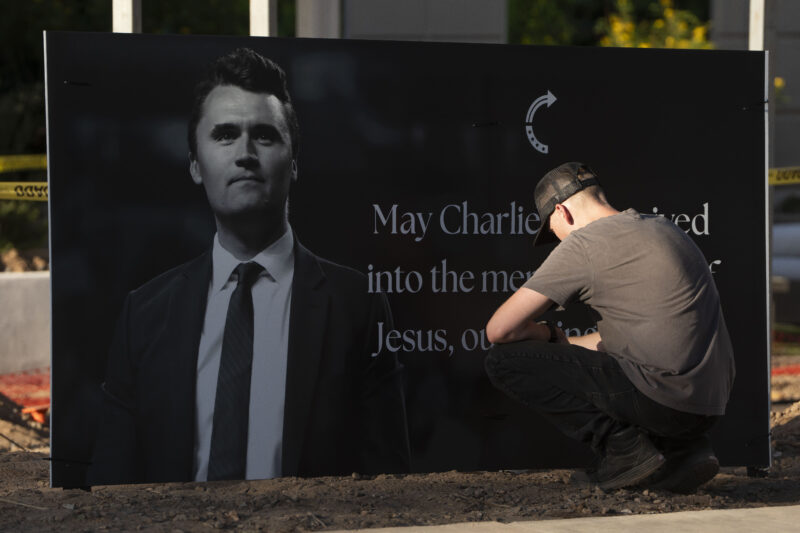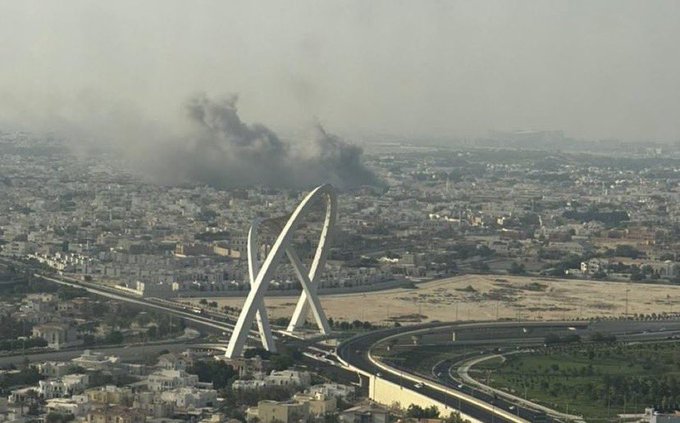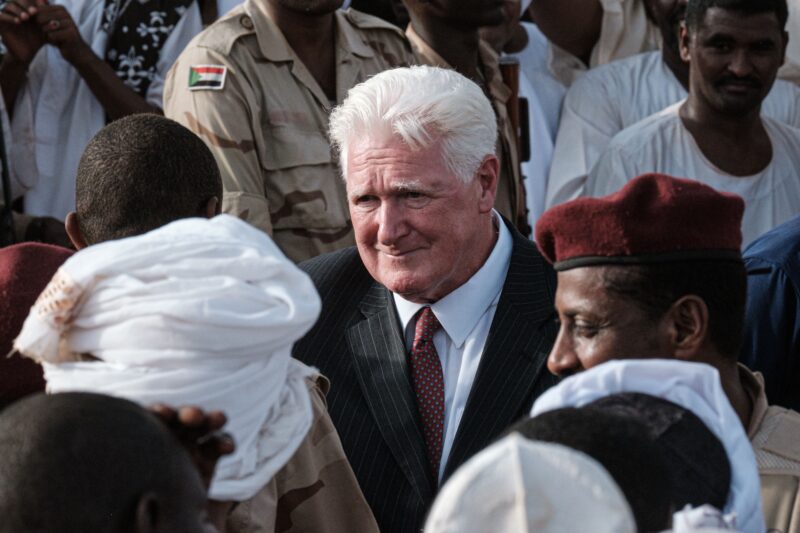Trusting untrustworthy health ministries
The ability to try to authenticate a statistic by attributing it to an official government source, while knowing that the source is unreliable, can serve as the basis for an inaccurate narrative with wide-ranging effects
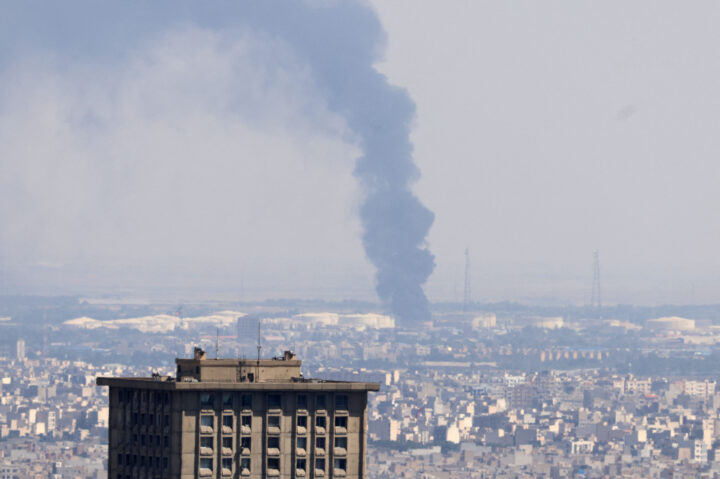
ATTA KENARE/AFP via Getty Images
Smoke billows in the distance from an oil refinery following an Israeli strike on the Iranian capital Tehran on June 17, 2025.
On Thursday, NBC News reported a claim from Iran’s Ministry of Health that “over 2,500 injured people were treated in public and university hospitals, with 1,600 discharged and about 500 still hospitalized.” Earlier this week, CBS News reported 224 Iranians were dead from Israeli airstrikes, also attributed to Iran’s Ministry of Health.
There is no free press in Iran, and journalists have been arrested and imprisoned simply for practicing journalism in the Islamic Republic. There is no real way to verify the Iranian Health Ministry’s numbers, and so many journalists report them, unscrupulously.
In a fast-paced, constantly evolving news environment, accuracy is paramount. The ability to try to authenticate a statistic by attributing it to an official government source, while knowing that the source is unreliable, can serve as the basis for an inaccurate narrative with wide-ranging effects.
Take, for example, the Al-Alhi Hospital incident in October 2023, when the most widely read Western media outlets reported on an Israeli strike on a Gaza hospital, later confirmed to have been a misfired Palestinian Islamic Jihad rocket. In the aftermath of the hospital incident — which many outlets, including The New York Times, had to walk back — Jordanian King Abdullah II canceled an in-person summit with President Joe Biden in Amman, potentially altering the course of the conflict.
“Israel strikes Iranian state TV, warns people to evacuate Tehran after accusing Iran of targeting civilians,” was a CBS News headline on Monday evening. Hours prior, an Iranian ballistic missile salvo targeted dozens of locations across the country — with one missile landing in the heart of a residential area of Tel Aviv.
Further missing in reports of fatalities in the region is the identity of those killed. Take, for example, an Israeli attack in December on the port of Hodeidah and Sana’a airport in Yemen, both utilized by the Houthis. “At least four people were killed and 21 others injured in the attack,” according to the New York Times report on the strike, filed by journalists in Israel and the United Arab Emirates who cited Yemeni state-run media and the country’s Ministry of Health.
Why were those people at a Houthi port known for serving as a point of transfer for Iranian weapons? Were those who were killed Houthi officials? Were they engaged in activity that posed an active and immediate threat to Israelis? The reader will never know anything beyond that the numbers provided by the Houthi-run Health Ministry in Yemen “could not be independently verified.”
It’s a regular occurrence in Israel-related reporting, where reports on West Bank clashes fail to mention when those killed are members of Hamas, Palestinian Islamic Jihad or one of the many armed militant groups operating in the territory.
More than 20 months after Hamas terrorists tore through southern Israel, raping, burning and killing people and destroying obstacles in their way, foreign reporters in the region continue to use casualty figures from the terror group’s Gaza Ministry of Health, noting only that the group doesn’t distinguish between civilians and combatants.
Concerns over the reliance on the Hamas-run Gaza Health Ministry were so severe that American legislators passed — on a bipartisan basis — an amendment to last year’s State, Foreign Operations and Related Programs Appropriations bill barring the State Department from using the health ministry’s statistics. Read our report here.
An ABC News report from earlier this week on violence near humanitarian aid distribution sites in Gaza leads with the headline “More than 30 killed at controversial foundation’s aid distribution sites in Gaza: Health officials,” giving an air of legitimacy to the claim — even though a reader would have to move down to the story before learning that those health officials came from the “Hamas-run Gaza Ministry of Health.” And nowhere in the story does ABC News note that the Gaza Health Ministry doesn’t distinguish between civilians and combatants.
The inclination to publish talking points and statistics from terror groups and regimes incentivizes a playbook for malign actors — from Iran to the Houthis and Hamas — to provide misleading casualty figures for the media to carry that lack the intricacies and nuances necessary in such reporting.
And in this new media reality, misinformation and malign actors — already benefiting from sympathetic media organizations — thrive.



















